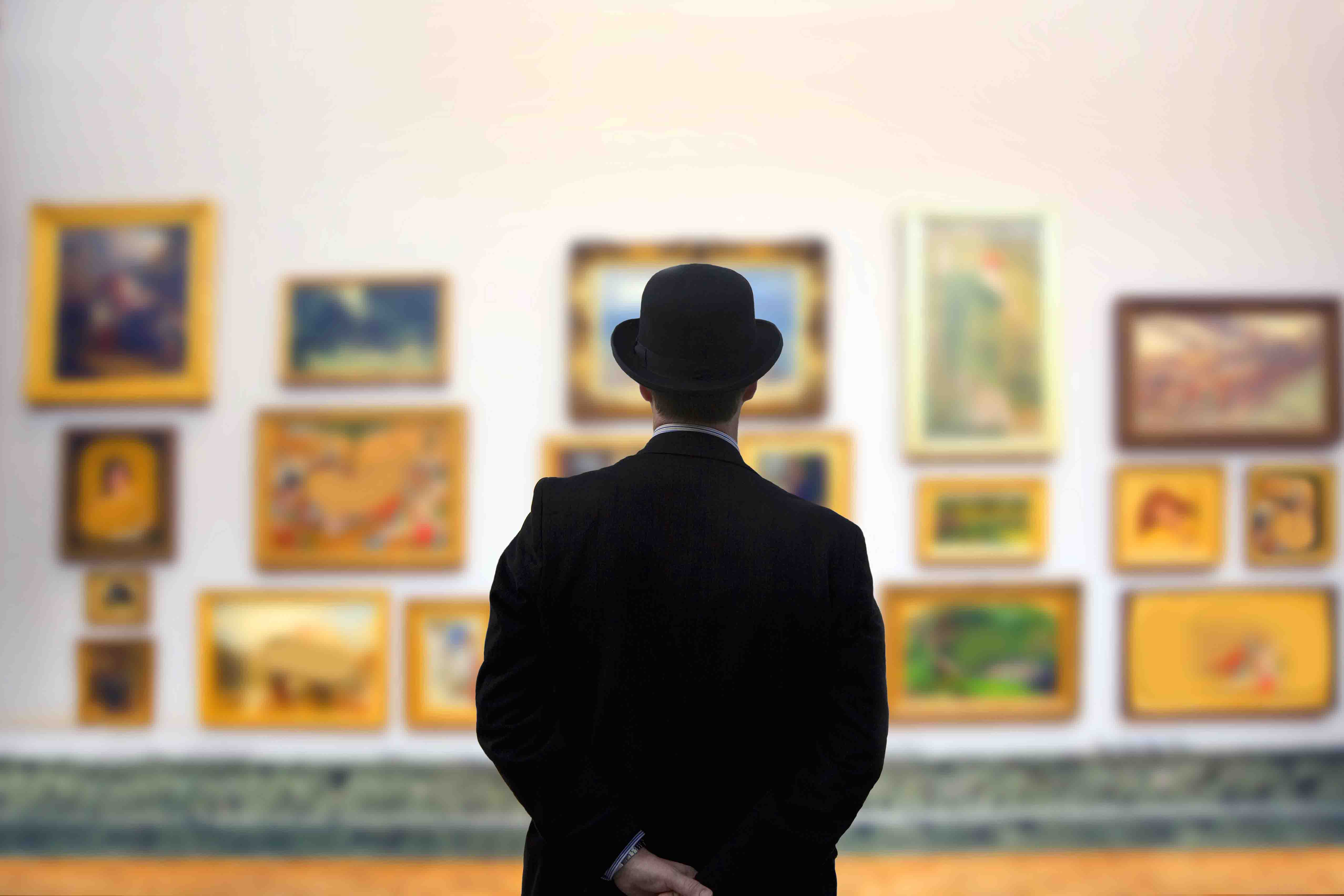PLUS Loans Can Help Pay for College — at a Cost
Parents can borrow up to the cost of a child’s education, but interest rates are steep.


As the cost of college continues to rise, it’s not unusual for parents to discover that student loans, financial aid and savings won’t cover all their child’s expenses. Parent PLUS loans provide a way to bridge the gap, but rising interest rates have made these loans a costly option.
The rate for federal parent PLUS loans taken out between July 1, 2024, and June 30, 2025, is 9.08%, a 33-year high. The rate is fixed for the life of the loan, even if overall interest rates decline. Borrowers must also pay a 4.228% origination fee.
Parents can borrow up to the cost of a child’s college attendance, including tuition, room and board, and textbooks, minus financial aid received by the student. While the absence of a cap may make these loans attractive, it could also encourage parents to borrow more than they can afford to repay, says Mark Kantrowitz, author of How to Appeal for More College Financial Aid.

Sign up for Kiplinger’s Free E-Newsletters
Profit and prosper with the best of expert advice on investing, taxes, retirement, personal finance and more - straight to your e-mail.
Profit and prosper with the best of expert advice - straight to your e-mail.
The requirements for parent PLUS loans
To qualify for a parent PLUS loan, you must be the biological or adoptive parent (or in some cases, the stepparent) of a student who is enrolled in college at least half-time. As part of the application process, the U.S. Department of Education will conduct a credit check on you. (If you have a security freeze on your credit reports, you’ll need to lift it first.)
You don’t need to have excellent credit to qualify for a PLUS loan. However, if you have an adverse credit history — you’ve defaulted on a loan or discharged debts through bankruptcy during the past five years — you won’t be approved unless you have a co-signer.
Alternatives to PLUS loans
Parents may be able to obtain private student loans at a lower interest rate than they could get on a PLUS loan. As with PLUS loans, private loans allow you to borrow up to the full cost of college for your child, and some private loans offer rates below 5%. Rates on these loans may be fixed or variable. With a variable rate loan, you’ll benefit when rates fall — and the Federal Reserve is widely expected to begin cutting short-term interest rates this year. But when rates eventually rise again, your variable loan rate will go up, too.
To qualify for most private loans, you need a good credit score — typically, a FICO score of 700 or higher — a long work history, and a low debt-to-income ratio. In addition, private student loans lack the protections that federal PLUS loans offer, including income-based repayment, deferral, and loan forgiveness for eligible borrowers.
Whichever option you choose, it’s important to understand that you could be on the hook for loan payments for 10 years — or longer if you enter an extended repayment plan. Before taking out a PLUS or private loan, make sure that your child has exhausted all other options for financial aid, including federal student loans. Those loans have lower rates than PLUS loans — 6.53% for student loans taken out between July 1, 2024, and June 30, 2025. However, they come with annual limits. For the 2024–25 academic year, for example, the maximum amount a first-year undergraduate dependent student can borrow in federal loans is $5,500.
If student loans and other forms of financial aid fail to cover your child’s college costs, consider limiting your own borrowing to no more than the amount of your annual income, Kantrowitz says. If you plan to retire within 10 years, you should borrow proportionately less — for example, half of your annual income if you expect to retire in five years.
Related content
Get Kiplinger Today newsletter — free
Profit and prosper with the best of Kiplinger's advice on investing, taxes, retirement, personal finance and much more. Delivered daily. Enter your email in the box and click Sign Me Up.

Ella Vincent is a personal finance writer who has written about credit, retirement, and employment issues. She has previously written for Motley Fool and Yahoo Finance. She enjoys going to concerts in her native Chicago and watching basketball.
-
 2026 Disney Dining Plan Returns: Free Dining for Kids & Resort Benefits
2026 Disney Dining Plan Returns: Free Dining for Kids & Resort BenefitsPlan your 2026 Walt Disney World vacation now. Learn about the returning Disney Dining Plan, how kids aged three to nine eat free, and the exclusive benefits of staying at a Disney Resort hotel.
By Carla Ayers
-
 How Can Investors Profit From AI's Energy Use?
How Can Investors Profit From AI's Energy Use?Global energy demand is expected to grow by leaps and bounds over the next several years as AI usage accelerates. Here's how to get a piece of the pie.
By Jacob Schroeder
-
 What Are AI Agents and What Can They Do for You?
What Are AI Agents and What Can They Do for You?AI agents promise to be the next big thing in artificial intelligence, but what exactly do they do?
By Tom Taulli
-
 Should You Buy an iPhone Now Before Tariffs Hit?
Should You Buy an iPhone Now Before Tariffs Hit?Looming tariffs can make an iPhone purchase seem urgent. Here's what to do if you need another phone but want to save money.
By Laura Gariepy
-
 Here's When a Lack of Credit Card Debt Can Cause You Problems
Here's When a Lack of Credit Card Debt Can Cause You ProblemsUsually, getting a new credit card can be difficult if you have too much card debt, but this bank customer ran into an issue because he had no debt at all.
By H. Dennis Beaver, Esq.
-
 Reminder: The Basics of Using HSA Funds
Reminder: The Basics of Using HSA FundsHealth savings accounts (HSAs)can help you cover out-of-pocket medical costs. Just make sure you understand the rules and keep records of qualifying expenses.
By Ella Vincent
-
 A Checklist for High-Net-Worth Individuals: How to Protect and Grow Your Wealth
A Checklist for High-Net-Worth Individuals: How to Protect and Grow Your WealthA strategic guide to managing, preserving, and expanding your wealth for long-term financial security.
By Dori Zinn
-
 Earn a 50% Discount to The Cultivist With Capital One Venture X
Earn a 50% Discount to The Cultivist With Capital One Venture XTour some of the world's top art museums for less when you use your Capital One Venture X card to score a 50% discount to The Cultivist.
By Sean Jackson
-
 Going to College? How to Navigate the Financial Planning
Going to College? How to Navigate the Financial PlanningCollege decisions this year seem even more complex than usual, including determining whether a school is a 'financial fit.' Here's how to find your way.
By Chris Ebeling
-
 My First $1 Million: Literacy Interventionist, 59, Colorado
My First $1 Million: Literacy Interventionist, 59, ColoradoEver wonder how someone who's made a million dollars or more did it? Kiplinger's new My First $1 Million series uncovers the answers.
By Joyce Lamb